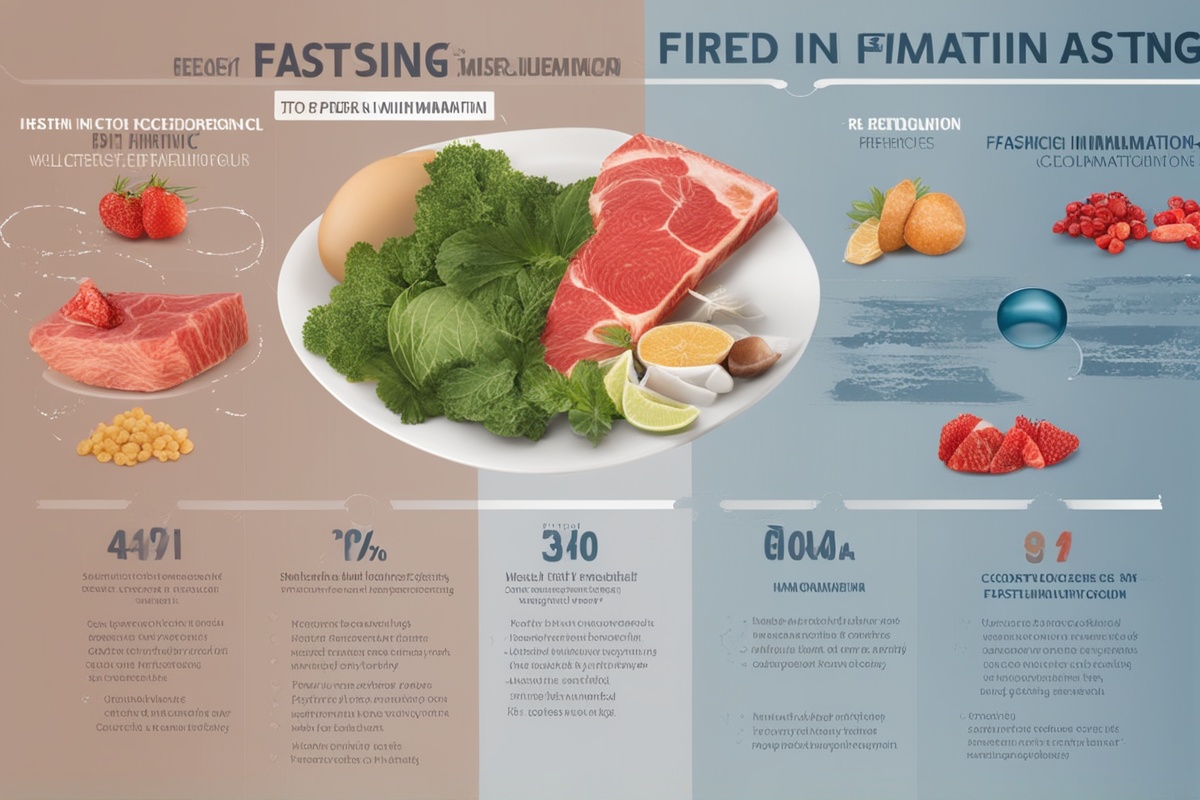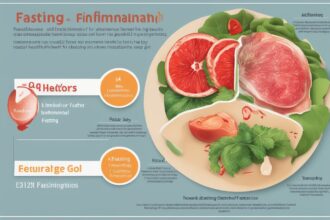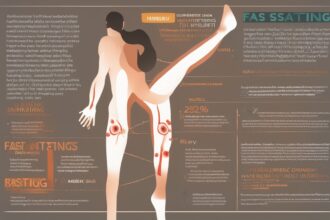Swelling can sneak up on you when you least expect it—whether it’s from a twisted ankle after a clumsy misstep, a long day on your feet, or even an underlying health condition flaring up. That puffiness, discomfort, and sometimes downright pain can throw a wrench into your daily routine. But here’s the good news: there are natural ways to ease swelling that don’t involve popping pills or waiting it out in frustration. In this deep dive, I’ll walk you through practical, holistic strategies to reduce inflammation and swelling, drawing from science-backed insights, personal experiences, and expert advice. Let’s get that relief started, shall we?
Disclaimer: This article is for informational purposes only, based on general research and personal experience—it’s not a substitute for professional medical advice, diagnosis, or treatment. Always consult a qualified healthcare provider for personalized guidance before trying new remedies or making significant lifestyle changes, especially if you have chronic conditions, are pregnant, or are on medication. Your health and safety come first, and I’m here to provide helpful insights, not medical prescriptions.
What Causes Swelling, and Why Should You Care?
Before we jump into natural ways to ease swelling, let’s unpack what’s happening in your body. Swelling, or edema, occurs when excess fluid builds up in your tissues. It could be due to an injury (think a sprained wrist), poor circulation, or even something systemic like heart or kidney issues. Sometimes, it’s as simple as standing too long or eating a salty meal—your body holds onto water like a sponge. Why does this matter? Because ignoring persistent swelling can lead to discomfort or signal bigger problems down the road. Addressing it naturally not only helps you feel better but also supports your body’s healing process without unnecessary strain.
Elevate and Rest: The Simplest Start to Reduce Swelling
Imagine you’ve just finished a grueling hike, and your feet are ballooning in your boots. What’s the first thing you do? Kick off those shoes and prop your feet up! Elevation is one of the most straightforward natural ways to ease swelling. By raising the affected area above heart level, you’re helping gravity drain excess fluid back into circulation. I’ve done this countless times after long runs—lying on the couch with my legs on a pile of pillows for 20 minutes works wonders. Pair this with rest to avoid further strain, and you’re giving your body a fighting chance to recover. It’s not glamorous, but it’s effective. Just don’t overdo the lounging—balance is key.
Cold Therapy: Nature’s Ice Pack for Inflammation
Ever notice how an ice pack can feel like a lifesaver after bumping your knee? Cold therapy is a go-to among natural ways to ease swelling because it constricts blood vessels, reducing fluid buildup and numbing discomfort. You don’t need fancy gear—a bag of frozen peas wrapped in a thin towel does the trick. Apply it for 15-20 minutes, then take a break to avoid frostbite. I remember a time when I overdid it at the gym and my elbow swelled up like a grapefruit. A quick cold compress brought it down overnight. Pro tip: If ice isn’t your thing, soak a cloth in cold water for a gentler approach. Just be cautious if you have circulation issues—check with a doc first.
Hydration and Diet: Fueling Your Body to Fight Swelling
Here’s a rhetorical question for you: Could the solution to swelling be as simple as what’s on your plate? Absolutely! Staying hydrated flushes out excess sodium, a common culprit behind water retention. Aim for 8-10 glasses of water daily, more if you’re active. Beyond hydration, anti-inflammatory foods are powerful natural ways to ease swelling. Think turmeric with its curcumin magic, ginger, leafy greens, and fatty fish like salmon. I’ve made it a habit to sip ginger tea with a squeeze of lemon when my hands feel puffy after typing all day—it’s soothing and cuts through the bloat. On the flip side, cut back on processed foods and salty snacks. A balanced diet isn’t just trendy; it’s a game-changer. Curious about specific recipes? Check out our post on Anti-Inflammatory Diet Tips for meal ideas.
Movement and Massage: Get Things Flowing Naturally
Sitting still for too long can make swelling worse—your body needs movement to pump fluid around. Light activity, like a gentle walk or stretching, can be one of the best natural ways to ease swelling. I’m not talking about running a marathon; even a 10-minute stroll around the block helps. Pair this with self-massage to stimulate lymphatic drainage. Use your fingers to gently knead the swollen area in upward strokes toward your heart. I tried this after a long flight when my ankles were screaming—within an hour, they felt lighter. If you’re unsure how to start, our guide on Lymphatic Drainage Techniques breaks it down step by step. Remember, don’t push too hard—listen to your body.
Herbal Helpers: Nature’s Pharmacy for Swelling Relief
Did you know that some of the best remedies might already be in your kitchen or garden? Herbal options are fantastic natural ways to ease swelling, backed by centuries of traditional use and modern research. Take dandelion root, for instance—it’s a natural diuretic that helps reduce water retention. I’ve brewed it as a tea during particularly bloated days, and it’s surprisingly effective (though a bit bitter—add honey!). Parsley and nettle are other heavy hitters for flushing out excess fluid. Then there’s arnica, often used topically for bruising and swelling. A word of caution: herbs can interact with medications, so always double-check with a healthcare provider. For more on herbal remedies, see our detailed piece on Herbal Remedies for Inflammation.
When to Seek Help: Knowing Your Limits
While natural ways to ease swelling can work wonders, they’re not a cure-all. If your swelling persists for more than a few days, comes with pain, redness, or warmth, or affects your breathing, it’s time to ring the alarm. These could be signs of a deeper issue like a blood clot or infection. I’ve had a scare myself—what I thought was just post-workout puffiness turned out to be a minor injury needing attention. Don’t play the guessing game with your health. A quick consult with a doctor can save you from bigger headaches. Natural remedies are powerful, but they’re best used alongside professional advice, not in place of it.
Wrapping Up: Your Path to Less Swelling Starts Today
Swelling doesn’t have to hold you hostage. From elevating your legs after a long day to sipping herbal teas and tweaking your diet, these natural ways to ease swelling are accessible tools to reclaim your comfort. I’ve seen firsthand how small changes—like cutting back on salt or using a cold compress—can make a big difference. But remember, everyone’s body is unique. What works for me might need a tweak for you, and that’s okay. Start with one or two strategies, track how you feel, and build from there. Got a favorite remedy I didn’t mention? Drop it in the comments—I’d love to hear your story. Here’s to feeling lighter, naturally!
References
- Mayo Clinic: Edema Diagnosis and Treatment
- National Institutes of Health: Anti-Inflammatory Properties of Curcumin
- Harvard Health: Foods That Fight Inflammation
- WebMD: Health Benefits of Dandelion Tea
This content is for informational purposes only and not a substitute for professional advice.





